(3500 products available)






















































































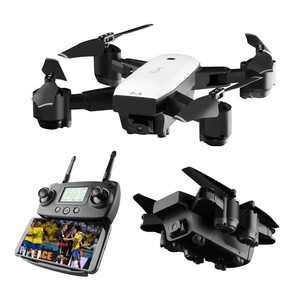
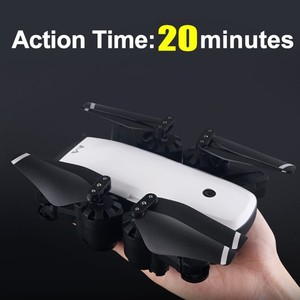
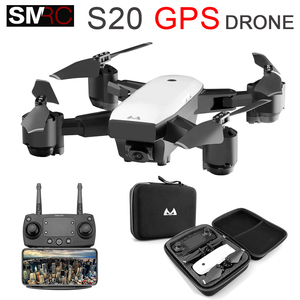
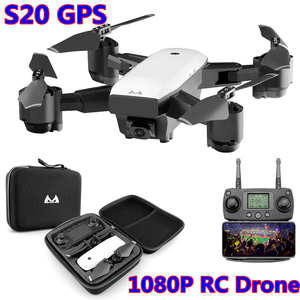
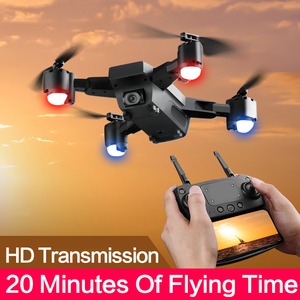
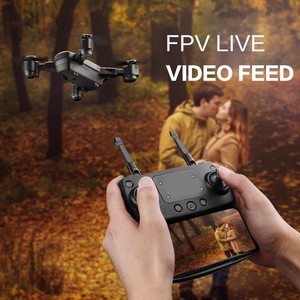














































































 Ready to Ship
Ready to Ship















































Octocopter drones are UAVs with eight rotors that provide superior stability, lifting capacity, and redundancy compared to quadcopters and hexacopters. Their design allows for smoother flight, making them ideal for professional applications. There are several types of octocopter drones, each tailored to specific needs and requirements.
Commercial Octocopters
These drones are highly sought after due to their versatility and increased payload capacity. They are widely used in various industries, including film and television, construction, agriculture, and surveillance. With their ability to carry heavy cameras, LiDAR systems, and other equipment, commercial octocopters have become essential tools for high-quality aerial imaging, mapping, and monitoring.
Industrial Octocopters
These drones are specifically designed for more demanding tasks. They are typically used for large-scale aerial photography, infrastructure inspection, and cargo transport. Industrial octocopters can lift significant weights, making them ideal for carrying heavy equipment over long distances.
Foldable Octocopters
These are portable and convenient, making them popular for on-the-go professionals. These compact octocopter drones can be easily transported and stored, which is helpful for drone pilots who travel frequently or need to move between job sites. Despite their smaller size, foldable octocopters still offer impressive flight times and payload capacities.
Custom-Built Octocopters
These are tailored to meet specific requirements and preferences. They are built from various components, allowing users to customize the drone's flight time, payload capacity, and control systems. This flexibility makes custom-built octocopters popular among hobbyists and professionals who require specialized equipment for unique applications.
FPV Racing Octocopters
These are designed for speed and agility. They are used in first-person view (FPV) racing, where pilots navigate the drones through complex courses at high speeds while wearing goggles that provide a live feed from the drone's camera. FPV racing octocopters are highly modified and optimized for maximum performance, featuring lightweight frames and high-speed motors.
Octocopter drones are versatile and widely used in many industries and applications due to their stability, payload capacity, and ability to carry multiple motors for smooth flight. Here are some key usage scenarios:
Agriculture
These drones are used for crop monitoring, precision farming, and delivering agricultural inputs. They can carry heavy payloads, such as seed, fertilizer, and pesticides, for effective crop management.
Search and Rescue
These drones have thermal imaging cameras, enabling them to locate missing persons by detecting body heat.
Inspection and Maintenance
Octocopters are used to inspect hard-to-reach infrastructures, such as bridges, wind turbines, and power lines. They provide high-resolution images and videos to check for damage or wear.
Filmmaking and Photography
These drones provide stable aerial shots and can carry heavy cameras and lens. They are used to get dynamic and cinematic shots that were previously impossible or very expensive.
Delivery Services
These drones are used to deliver packages, medical supplies, and other goods, especially in remote or hard-to-reach areas.
Construction and Surveying
Octocopter drones are used for mapping, surveying, and monitoring construction sites. They provide aerial views that help in planning and tracking progress.
Environmental Monitoring
These drones are used to monitor wildlife, check deforestation, and track changes in the environment. Some are equipped with specialized cameras to check carbon emissions and other environmental factors.
Events and Sports
These drones are used to get live coverage of events and sports. They provide unique angles and perspectives that enhance the viewing experience.
To choose the right octocopter drone, several factors should be considered.
Purpose and Application
Determining the primary application for the octocopter is the first step in selecting one. Whether it is for aerial photography and videography, mapping and surveying, agricultural monitoring, search and rescue operations, or cargo delivery, each application has specific requirements. For instance, if the goal is to take high-quality pictures and films, the octocopter should be outfitted with a strong camera and sophisticated stabilization technology. An octocopter with high precision and reliability is required for mapping and surveying work. Understanding the particular needs of the industry will aid in the selection of the appropriate drone model.
Payload Capacity
Another important consideration is the octocopter's payload capacity, which is especially important when using it for aerial photography or transporting goods. An octocopter with a higher payload capacity is required to support professional-grade cameras, gimbals, and additional equipment. Users must calculate the total weight of the equipment they intend to carry and ensure the octocopter can handle it while maintaining a reasonable flight period. Businesses that need to carry large items or equipment can use heavy-lift octocopters.
Flight Time and Battery Life
For applications that require covering large areas or for extended periods, an octocopter with a long flight time is essential. The battery life of the drone should be carefully evaluated to ensure it meets the requirements of the mission. Users can consider having additional batteries on hand to extend the flight time during continuous operation.
Flight Control and Navigation
Advanced flight control systems and navigation capabilities are essential for applications that require precision and automation, such as mapping, surveying, or agricultural monitoring. Features like GPS stability, return-to-home functionality, and obstacle avoidance can improve the user experience and ensure flight safety. User-friendly control interfaces and programmable waypoints can make operating the octocopter easier, even for those with limited flying experience.
Durability and Weather Resistance
Consideration should be given to the operating environment when selecting an octocopter. An octocopter with a robust build quality and weather resistance is required for outdoor and harsh conditions. This ensures that the drone can operate in adverse weather conditions without being damaged. For inside applications, a standard octocopter is sufficient.
Budget and Cost
While determining the cost and staying within budget is critical, it is equally essential to consider the value and capabilities of the octocopter. More costly models frequently include superior technology, better build quality, and additional features. Buyers must balance their budget with the required features and performance level. It is also important to consider long-term costs, such as battery replacements and maintenance.
Octocopter drones are mainly used for aerial photography and videography since they have a steady platform that allows capturing high-quality images and videos. Also, they are used to transport medical supplies and other goods to remote areas, especially where road transportation is challenging. Moreover, they are widely used in agriculture to monitor crop health, assess irrigation needs, and even apply fertilizers and pesticides.
Q1: What are the advantages of octocopter drones over other drones?
A1: An octocopter drone has more stability and redundancy, which makes it safer. It can carry heavier payloads, such as large cameras. The flight time of octocopters is longer, and they can achieve a higher level of professionalism and quality in aerial footage.
Q2: What are the applications of octocopter drones?
A2: Octocopter drones are used in many industries. They can carry out aerial surveys and inspections and monitor and map urban and rural developments. They are also used in search and rescue operations and for filming and shooting scenes in movies.
Q3: How does an octocopter drone maintain its stability?
A3: An octocopter drone has a flight controller that automatically corrects any changes in its stability. The flight controller uses sensors such as accelerometers, gyroscopes, and magnetometers to detect any movements and changes in the drone's position. The flight controller adjusts the speed of the eight propellers to maintain stability.
Q4: What is the maximum flight time for an octocopter drone?
A4: The maximum flight time of an octocopter drone can vary depending on factors such as battery life, payload weight, and flying conditions. In general, high-quality octocopter drones can fly for 20 to 40 minutes. The more propellers an octocopter has, the shorter its flight time will be, as more propellers mean more weight.
Q5: Can octocopter drones be flown in windy conditions?
A5: Octocopter drones can be flown in light to moderate winds. They have a strong build and powerful motors, enabling them to maintain stability in windy conditions. However, flying the octocopter in strong winds is not advisable, as it can affect its flight performance and control.